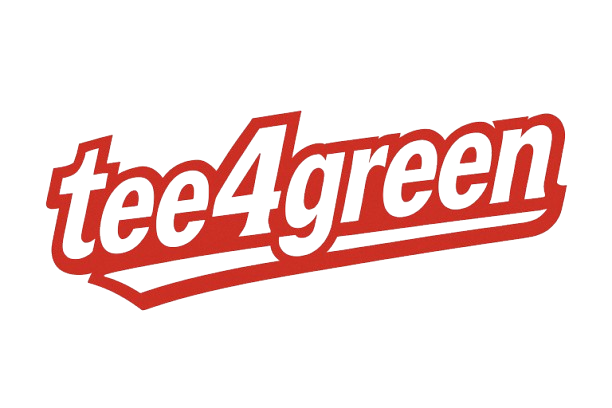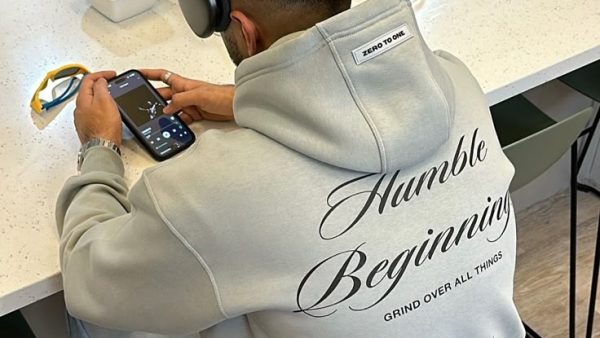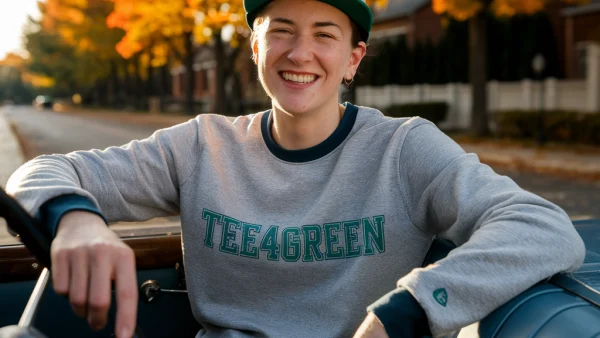Fashion has always been a mirror reflecting societal shifts, technological advancements, and cultural evolution. As we step into 2025, style is no longer just about looking good—it’s about feeling authentic, being responsible, and expressing individuality on a deeper level. This year, emerging fashion statements blend innovation, sustainability, inclusivity, and technology, creating a future where style has no limits. Let’s dive into the next-level trends reshaping the world of fashion.
Conscious Couture: The Heart of Luxury Redefined
In 2025, luxury fashion is no longer defined by mere exclusivity or price tags; it’s rooted in consciousness. Leading brands are embracing transparency, environmental stewardship, and ethical craftsmanship. Sustainability is not an add-on—it’s the foundation of every collection.
Designers source materials like organic hemp, regenerated silk, lab-grown leather, and biodegradable fibers. Production processes prioritize reduced water usage, carbon neutrality, and fair labor practices. Fashion houses now proudly trace every stitch back to its origin, telling rich, authentic stories of artisanship and community collaboration.
Consumers, especially Gen Z and Millennials, demand full accountability. They expect brands to showcase not just beautiful products but also positive global impact. Conscious couture transforms garments into powerful narratives of hope, heritage, and sustainability.
Tech-Infused Textiles: Smart Fashion Goes Mainstream
As wearable technology advances, smart textiles have made an explosive entrance into mainstream fashion. Clothing in 2025 does more than cover the body; it interacts with it. From self-healing fabrics to garments that adjust temperature based on external conditions, the intersection between tech and textiles is revolutionizing wardrobes.
Fitness wear now monitors hydration, posture, and heart rate in real time. Jackets integrate solar panels to charge smartphones. Dresses change colors based on mood or lighting, enhancing personalization. Even formalwear is experiencing a makeover with embedded sensors that enhance comfort during long events.
Technology is no longer hidden; it’s seamlessly woven into the aesthetics of garments, making fashion in 2025 both beautiful and functional.
Hyper-Personalization: Fashion as Self-Expression
One-size-fits-all is officially outdated. In 2025, hyper-personalization reigns supreme. Consumers co-create their fashion experiences, using AI-driven platforms to design custom fits, styles, and colors tailored specifically to their tastes and body types.
Brands offer interactive design tools, enabling shoppers to alter sleeve lengths, neckline styles, fabric textures, and even color gradients. Virtual fitting rooms powered by augmented reality help customers visualize their creations before purchase.
Moreover, mass-customization techniques have made bespoke fashion accessible to wider audiences. Whether through 3D body scanning or DNA-based textile suggestions, next-level personalization ensures that every outfit feels intimately connected to its wearer.
Circular Fashion Economy: Style Without Waste
The traditional take-make-dispose model is disappearing. In 2025, the circular fashion economy is thriving, championing practices like resale, rental, repair, and recycling. Style is no longer about owning endless pieces; it’s about curating a meaningful, versatile wardrobe.
Major brands have launched take-back programs encouraging customers to return worn garments for upcycling or resale. Rental services allow access to luxury and designer pieces without the long-term commitment. Peer-to-peer resale platforms continue to grow, fostering a culture where secondhand is celebrated, not stigmatized.
Through digital IDs and blockchain, garments carry histories, certifications, and care instructions, ensuring transparency and authenticity in secondhand markets. Consumers are embracing ownership cycles that prioritize longevity, craftsmanship, and reduced environmental impact.
Gender-Fluid Fashion: Freedom Without Labels
The binary walls separating menswear and womenswear have crumbled. In 2025, gender-fluid fashion flourishes as a major cultural force. Designers offer clothing lines that transcend traditional categories, focusing on self-expression rather than societal expectations.
Silhouettes, colors, and fabrics are liberated from gender norms. Suits, skirts, tailored pieces, and accessories cater to all identities, promoting inclusivity and freedom. Unisex collections dominate runways, featuring a dynamic blend of masculine and feminine elements in seamless harmony.
This shift reflects deeper cultural movements advocating for diversity, respect, and individuality. In 2025, fashion affirms that style belongs to everyone—no labels required.
Sustainable Innovation: Materials of the Future
Fashion in 2025 thrives on innovative, sustainable materials that push the limits of creativity. Scientists and designers collaborate to invent fabrics that are not only eco-friendly but also visually stunning.
Lab-grown textiles, such as spider silk and mushroom leather (mycelium), have become mainstream. Regenerative cotton, algae fibers, pineapple-based fabrics, and bioengineered cashmere redefine luxury without environmental compromise.
Additionally, zero-waste pattern-making techniques, 3D knitting, and biodegradable dyeing methods minimize resource consumption. Sustainability has become synonymous with cutting-edge design, proving that ethics and aesthetics can coexist beautifully.
Virtual Fashion: Dressing the Digital World
In the age of the metaverse, fashion extends far beyond physical reality. Digital clothing and accessories, designed exclusively for online avatars, have gained immense popularity in 2025.
Virtual fashion houses offer limited-edition digital collections wearable in gaming platforms, virtual meetings, and social media profiles. Consumers can express identity through hyper-realistic, gravity-defying outfits that defy material limitations.
NFTs (non-fungible tokens) authenticate digital garments, providing proof of ownership and exclusivity. The fusion of fashion and technology has opened new creative realms where imagination is the only limit, redefining what it means to dress up in a digital world.
Slow Fashion Movement: Quality Over Quantity
In a world dominated by speed, the slow fashion movement has gained powerful traction. 2025 consumers are opting for fewer, higher-quality pieces that last longer, embodying values of mindfulness, craftsmanship, and intentionality.
Artisan-made garments, handcrafted accessories, and heritage-inspired techniques are celebrated. Storytelling becomes a central aspect of branding, with each item carrying a legacy of traditional artistry and cultural pride.
Minimalism informs style choices, with curated capsule wardrobes emphasizing versatility, longevity, and timeless design. In 2025, dressing well is not about chasing trends—it’s about investing in pieces that tell a meaningful story.
Bold Aesthetics: Fearless Fashion Statements
2025 fashion embraces fearless self-expression through bold aesthetics. Vivid colors, dramatic silhouettes, exaggerated proportions, and eclectic patterns dominate the scene. Designers encourage experimentation, blending avant-garde artistry with wearable functionality.
Expect to see oversized outerwear, layered textures, sculptural garments, asymmetrical tailoring, and futuristic embellishments. Color palettes shift dramatically between neon vibrancy, earthy neutrals, and surreal pastels, reflecting an era of limitless creativity.
Fashion is not about fitting in—it’s about standing out, making a statement, and celebrating individuality without apology.
Conclusion: The Future of Style is Unstoppable
As we move deeper into 2025, fashion is no longer a passive expression of trends—it is an active, dynamic force shaping culture, technology, and consciousness. Emerging fashion statements combine sustainability, inclusivity, personalization, and innovation, forming a bold new world where creativity knows no bounds.
Consumers are more empowered, connected, and informed than ever before. They demand authenticity, responsibility, and artistry from the brands they support. Designers respond with collections that not only dazzle but inspire change, challenge norms, and ignite imagination.
The future of style is a thrilling journey—a celebration of who we are and who we are becoming. Next-level fashion in 2025 proves that style isn’t just about what we wear; it’s about the values we embody, the communities we uplift, and the limitless futures we dare to create.




Leave a comment